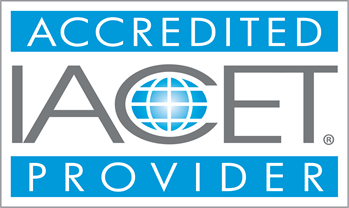Free Course
Permit Require Confined Space Competent Person for Construction
Permit-required confined space means a confined space that has one or more of the following characteristics: – Contains or has the potential to contain a hazardous atmosphere; – Contains a material that has the potential for engulfing an entrant; – Has an internal configuration such that an entrant could be trapped or asphyxiated by inwardly converging walls or by a floor which slopes downward and tapers to a smaller cross-section; or – Contains any other recognized serious safety or health hazard
Course Modules - (19)
- Professional credentials, including project management, typically require periodic renewal through continuing education. Individuals can pursue continuing education by completing advanced degrees or individual courses, along with professional development workshops and training opportunities.
Learning Outcomes:
- Upon completion of this course module, the instructor should be able to:
- Explain the overall intent and implications of the standard
- Explain the difference between a confined space and a permit-required confined space
- Explain the duties of the: o Authorized Entrant of Attendant of Entry Supervisor of Rescue services
- Explain the testing protocol
- Understand the minimum requirements of an entry permit and program
CEUs Awarded
Participants who successfully complete this course and meet all requirements will be awarded 1 IACET CEUs.
Completion Requirements:
- 100% appearance for the course
- Fully involvement in all class trainings (determined by instructor)
- Completion of Continuing Education and Training Registration Form
- Completion of mandatory quiz assessments
- As applicable, attainment of least passing score on required end-of-course examination
- Participation and submittal of end-of-course assessment form (must provide name on form to obtain credit)


